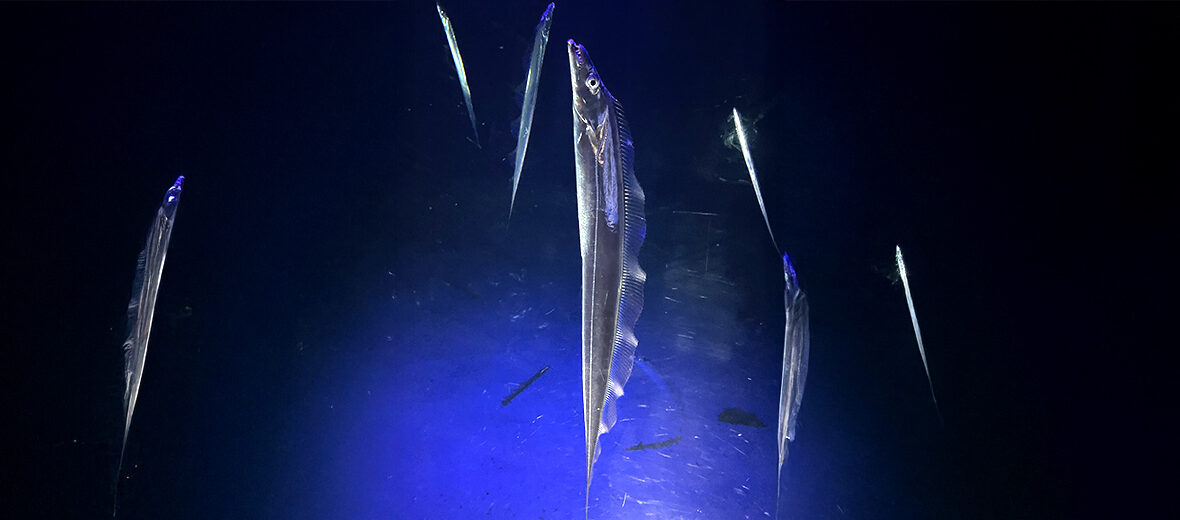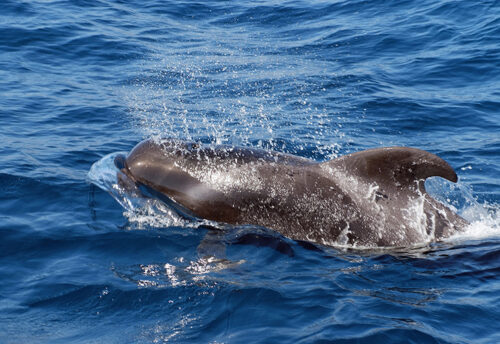
The largehead hairtail, aka beltfish, Atlantic cutlassfish, Pacific cutlassfish, or Japanese cutlassfish, is a predatory elongated fish that can be found off the shores of every continent, sans Antarctica. They face the threats of overfishing; land pollution; water pollution, in the form of mercury poisoning; and microplastics pollution. However, they are abundant enough to be listed as Least Concern by the IUCN. Their population trend is stable.
First the Stats…
Scientific name: Trichiurus lepturus
Weight: Up to 8.14 lbs.
Length: Up to 7.8 feet
Lifespan: Up to 15 years
Now on to the Facts!
1.) While typically considered a single highly widespread species, it’s been argued that they are a species complex that includes numerous species with the main groups being the Atlantic cutlassfish, East Pacific cutlassfish, Northwest Pacific, aka Japanese cutlassfish, and Indo-Pacific cutlassfish.
2.) Juvenile specimens engage in diel vertical migration. This is the daily migration of marine life between the twilight zone and the ocean surface, in search of food.
3.) The young individuals feed primarily on krill. Adults feed not only on fish, shrimp, and squid, but also regularly cannibalize juveniles.
4.) Being a major commercial species, these critters are widely fished. In 2009 an estimated 1.3 million tons were acquired.
5.) China and Taiwan are the 2 largest reported fisheries of these critters.
But wait, there’s more on the largehead hairtail!
6.) In Korea, these fish are called galchi (갈치), in which gal (갈) comes from Middle Korean galh (갏) and translates to “sword”, and -chi (치) is a suffix for “fish”.
7.) Spawning takes place year round in warmer regions and in spring and summer in the cooler regions.
Did you know…?
Largeheads are the 6th most important captured fish species.
8.) Females lay thousands of eggs in the open ocean. Those eggs are left, after being fertilized, without parental care.
9.) Eggs hatch in up to 6 days.
10.) Their flesh is said to be firm yet tender when cooked, with a moderate degree of “fishiness” regarding the smell, with a low level of oiliness.
Now a Short Largehead Hairtail Video!
Be sure to share & comment below! Also, check out the Critter Science YouTube channel. Videos added regularly!

Want to suggest a critter for me to write about? Let me know here.
Some source material acquired from: Wikipedia & IUCN
Photo credit: Totti



